Unleash Your Inner Pop & Rock Star
Master the techniques to sing your favorite pop and rock anthems with the power and style of a true performer.
Why Learn Pop & Rock Vocals?
Develop a Contemporary Sound
Learn to use modern vocal techniques like belting, riffs, and runs to create a sound that is current and exciting.
Sing with Power and Emotion
Unlock the power of your voice to convey the full emotional range of pop and rock music, from heartfelt ballads to high-energy anthems.
Build Your Stage Presence
Gain the confidence and skills to command the stage, connect with your audience, and perform with the charisma of a rock star.
Pop & Rock Courses
Daily Vocal Warm Ups

Western Vocal 101
23 lessons
This course comprises of the very basic exercises that is a prerequisite for any singing student. This will help you to embark on your singing journey and hone your basic skills.
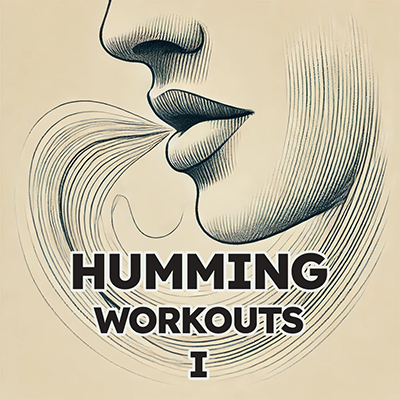
Humming Workouts (Part 1)
11 lessons
These humming exercises should be practised on a "mmm" humming sound. Try and keep the buzzing/humming sensation in the front of your mouth, rather than the back of your throat. In this course, the exercises make use of major and minor second and third intervals.
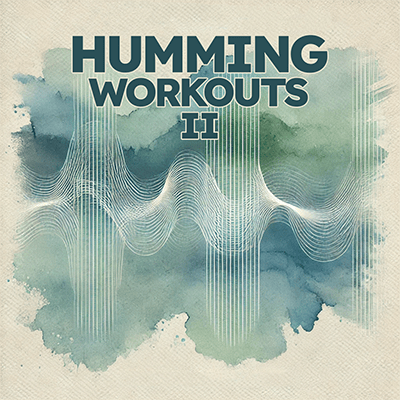
Humming Workouts (Part 2)
10 lessons
These humming exercises should be practised on a "mmm" humming sound. Try and keep the buzzing/humming sensation in the front of your mouth, rather than the back of your throat. In this course, the exercises make use of perfect intervals - the perfect fourth (P4), perfect fifth (P5) and the octave (P8).
Improve Your Vocal Range
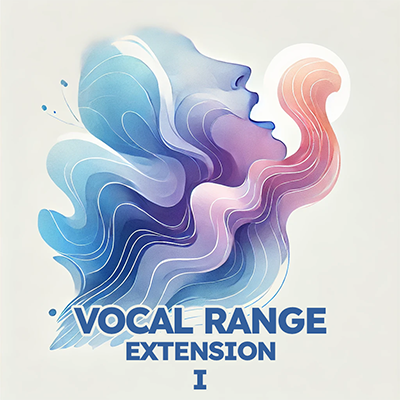
Vocal Range Extension (Part 1)
12 lessons
The exercises in this course will help you get started on extending your vocal range. These excerises are sirens and patterns, intended to be sung on a single vowel of your choice (ih, eh, ah, oh, or uh). Allow your voice to glide smoothly between the notes.

Vocal Range Extension (Part 2)
10 lessons
The exercises in this course will help you extend the lower part of your vocal range. Sing these exercises on a vowel of your choice (ih, eh, ah, oh, uh). Allow your voice to glide smoothly between the notes. When sliding into very low notes, do not push your voice to produce the note. Allow the extension of your range to happen gradually.
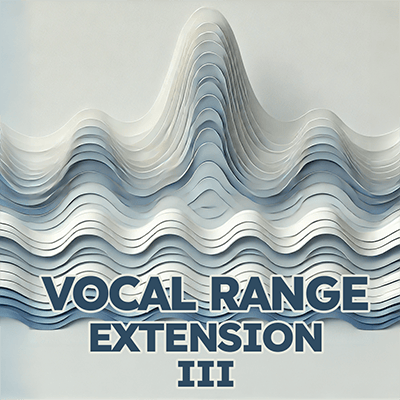
Vocal Range Extension (Part 3)
13 lessons
The exercises in this course are intended to be practiced on three very particular sounds. The first is a tongue trill, in which you roll your tongue to create a "rrrr" sound. The second is a lip trill or lip roll, in which you let your lips flutter quickly (as if you are doing a raspberry) - this has been represented as "bbb" in our lessons. Finally, the third sound is "ng", like the sound at the end of the words sing, long or hung. The "g" in the "ng" sound is not to be overemphasised. Overall, "ng" sounds like slightly nasal and you should be able to feel your vocal folds closing when you produce this sound.
Humming and Lip/Tongue Trills

Humming Workouts (Part 1)
11 lessons
These humming exercises should be practised on a "mmm" humming sound. Try and keep the buzzing/humming sensation in the front of your mouth, rather than the back of your throat. In this course, the exercises make use of major and minor second and third intervals.

Humming Workouts (Part 2)
10 lessons
These humming exercises should be practised on a "mmm" humming sound. Try and keep the buzzing/humming sensation in the front of your mouth, rather than the back of your throat. In this course, the exercises make use of perfect intervals - the perfect fourth (P4), perfect fifth (P5) and the octave (P8).
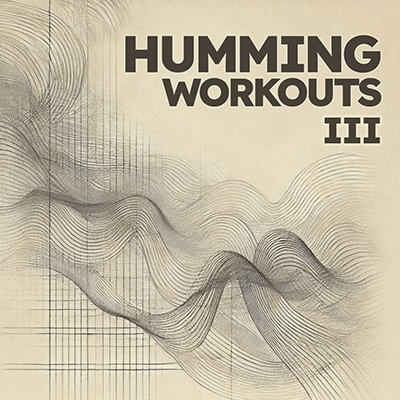
Humming Workouts (Part 3)
8 lessons
These humming exercises should be practised on a "mmm" humming sound. Try and keep the buzzing/humming sensation in the front of your mouth, rather than the back of your throat. In this course, the exercises make use of major and minor sixths and sevenths (m6, M6, m7 and M7). These are large intervals and must be practiced with care to ensure accuracy.

Vocal Range Extension (Part 3)
13 lessons
The exercises in this course are intended to be practiced on three very particular sounds. The first is a tongue trill, in which you roll your tongue to create a "rrrr" sound. The second is a lip trill or lip roll, in which you let your lips flutter quickly (as if you are doing a raspberry) - this has been represented as "bbb" in our lessons. Finally, the third sound is "ng", like the sound at the end of the words sing, long or hung. The "g" in the "ng" sound is not to be overemphasised. Overall, "ng" sounds like slightly nasal and you should be able to feel your vocal folds closing when you produce this sound.
Theory and Ear Training for Singers
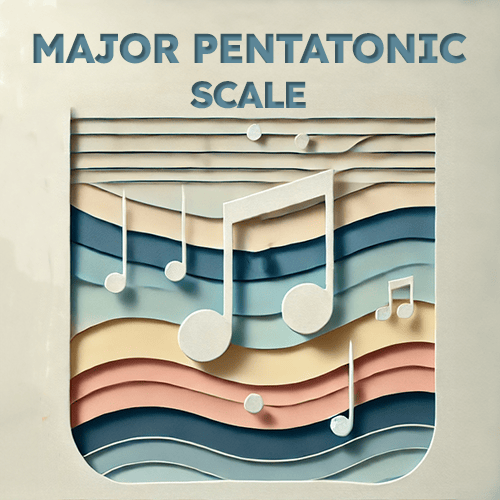
The Major Pentatonic Scale
23 lessons
The major pentatonic scale is a 5-note scale with a simple and beautiful sound. It is widely used around the world in folk, traditional and popular styles of music. The songs in this scale are a great place for beginners to start their singing journey. This course will introduce you to the fundamentals of this scale, and you will also learn to sing some songs.
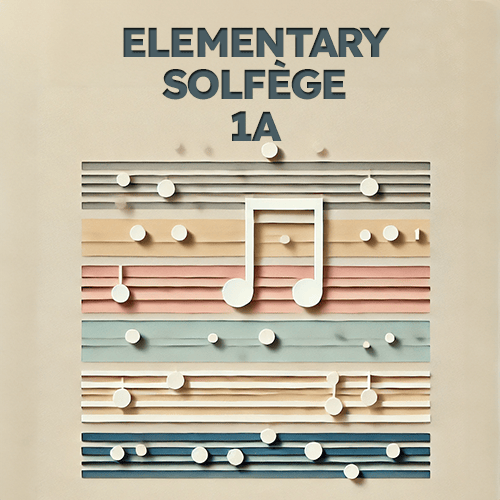
Elementary Solfège: Level 1A
25 lessons
This course contains 25 elementary solfège lessons from Nikolay Ladukhin’s book, Elementary Course in Solfège (published in 1896). Being able to read and sing solfège is an important skill for beginner and advanced musicians alike. It helps develop your sense of listening and musical understanding. In this course, you will practice singing the notes do and re with simple, moderately paced rhythms.
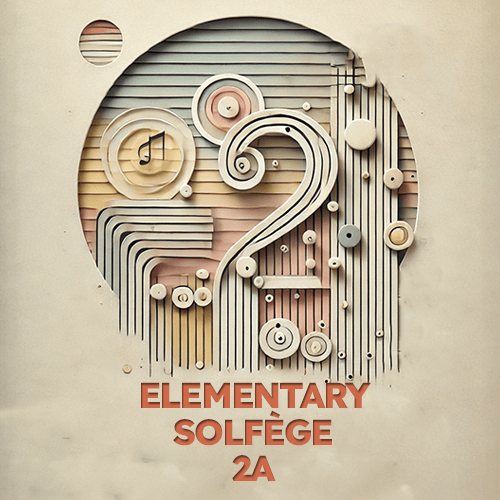
Elementary Solfège: Level 2A
25 lessons
Continuing on from Level 1B in this series of courses, you will go through 25 elementary solfège lessons from Nikolay Ladukhin’s book, Elementary Course in Solfège (published in 1896). This course introduces the note 'mi' in addition to 'do' and 're'.
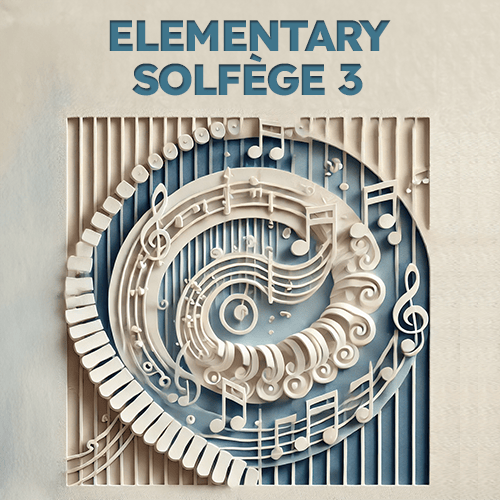
Elementary Solfège: Level 3A
25 lessons
Continuing on from Level 2B in this series of courses, you will go through 25 elementary solfège lessons from Nikolay Ladukhin’s book, Elementary Course in Solfège (published in 1896). This course introduces the note 'fa' in addition to 'do', 're' and 'mi'.
Build Stamina for Singing
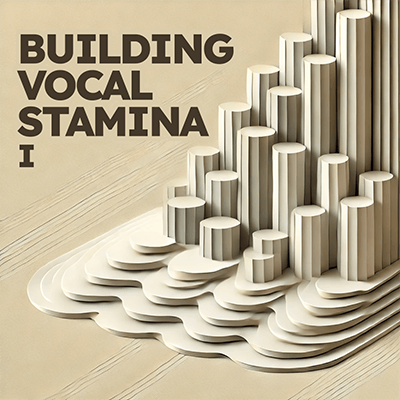
Building Vocal Stamina (Part 1)
10 lessons
This course is to help you develop better stamina in your singing. The exercises cover singing repeated notes and a variety of patterns on vowels as well as syllables like 'mum'.

Vocal Range Extension (Part 2)
10 lessons
The exercises in this course will help you extend the lower part of your vocal range. Sing these exercises on a vowel of your choice (ih, eh, ah, oh, uh). Allow your voice to glide smoothly between the notes. When sliding into very low notes, do not push your voice to produce the note. Allow the extension of your range to happen gradually.
Harmony Singing 101
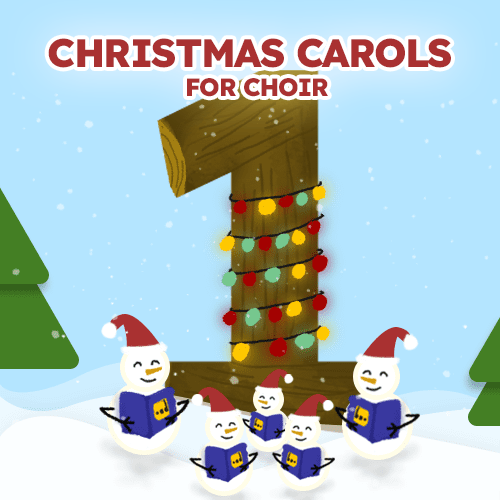
Christmas Carols for Choir (Part 1)
24 lessons
This course contains lessons for three popular Christmas carols in SATB choral format. You can practice your individual part in solo or while the other parts play in harmony.
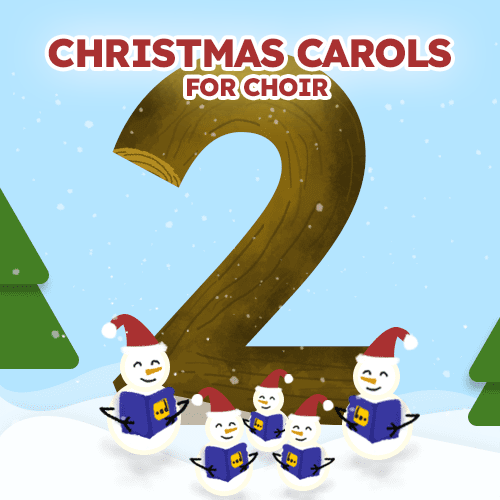
Christmas Carols for Choir (Part 2)
32 lessons
Learn four popular Christmas carols in SATB choral format. You can practice your part solo, as well as with the harmonies.
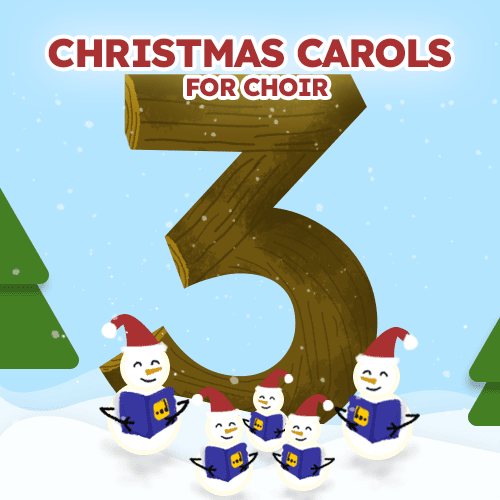
Christmas Carols for Choir (Part 3)
32 lessons
Learn four popular Christmas carols in SATB choral format. You can practice your part solo, as well as with the harmonies.
High Intensity Vocal Workouts

Western Vocal 101
23 lessons
This course comprises of the very basic exercises that is a prerequisite for any singing student. This will help you to embark on your singing journey and hone your basic skills.

Vocal Range Extension (Part 3)
13 lessons
The exercises in this course are intended to be practiced on three very particular sounds. The first is a tongue trill, in which you roll your tongue to create a "rrrr" sound. The second is a lip trill or lip roll, in which you let your lips flutter quickly (as if you are doing a raspberry) - this has been represented as "bbb" in our lessons. Finally, the third sound is "ng", like the sound at the end of the words sing, long or hung. The "g" in the "ng" sound is not to be overemphasised. Overall, "ng" sounds like slightly nasal and you should be able to feel your vocal folds closing when you produce this sound.

Building Vocal Stamina (Part 1)
10 lessons
This course is to help you develop better stamina in your singing. The exercises cover singing repeated notes and a variety of patterns on vowels as well as syllables like 'mum'.
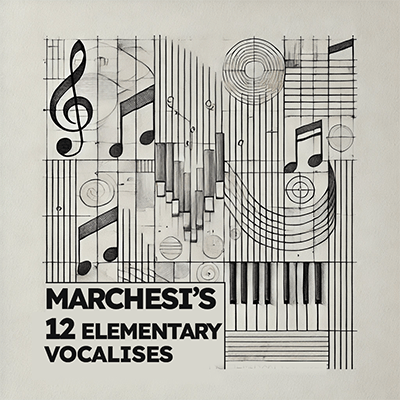
Marchesi’s 12 Elementary Vocalises, Op.13
12 lessons
Mathilde Marchesi (1821-1913) was a German mezzo-soprano who trained a large number of great singers and carried the bel canto tradition into the 20th century. She published a number of books containing vocalises intended to help develop the voice. Vocalises are singing exercises that are typically sung on vowels or particular syllables rather than lyrics. This course explores 12 elementary vocalises. Attempt these lessons on the following syllables for maximum benefit - ah, eh, oh, ooh, ee, ng and rrr.

Panofka’s ABCs of Voice (Part 2)
24 lessons
Heinrich Panofka (1807-87) was a German voice teacher and violinist. He set up an Academy for Singing in 1842 in Paris. He published various books with lessons on singing technique over the course of his career. He believed that it was necessary to begin by singing on an open vowel sound such as “aa” before attempting to sing with solfège or lyrics. This course continues on from Part 1, taking you through 24 vocalises published in his book “The ABC of Voice”.
Classical Voice Training Techniques

Panofka’s ABCs of Voice (Part 1)
14 lessons
Heinrich Panofka (1807-87) was a German voice teacher and violinist. He set up an Academy for Singing in 1842 in Paris. He published various books with lessons on singing technique over the course of his career. He believed that it was necessary to begin by singing on an open vowel sound such as “aa” before attempting to sing with solfège or lyrics. This course takes you through 14 exercises published in his book “The ABC of Voice”.

Panofka’s ABCs of Voice (Part 2)
24 lessons
Heinrich Panofka (1807-87) was a German voice teacher and violinist. He set up an Academy for Singing in 1842 in Paris. He published various books with lessons on singing technique over the course of his career. He believed that it was necessary to begin by singing on an open vowel sound such as “aa” before attempting to sing with solfège or lyrics. This course continues on from Part 1, taking you through 24 vocalises published in his book “The ABC of Voice”.

Marchesi’s 12 Elementary Vocalises, Op.13
12 lessons
Mathilde Marchesi (1821-1913) was a German mezzo-soprano who trained a large number of great singers and carried the bel canto tradition into the 20th century. She published a number of books containing vocalises intended to help develop the voice. Vocalises are singing exercises that are typically sung on vowels or particular syllables rather than lyrics. This course explores 12 elementary vocalises. Attempt these lessons on the following syllables for maximum benefit - ah, eh, oh, ooh, ee, ng and rrr.
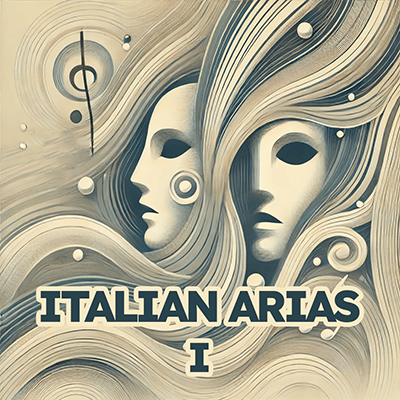
Italian Arias (Part 1)
5 lessons
In this course, you can practice classic Italian arias composed across the 14th to 18th centuries. These arias will help you explore the range of your voice and your general vocal stamina.
Elementary Solfège

Elementary Solfège: Level 1A
25 lessons
This course contains 25 elementary solfège lessons from Nikolay Ladukhin’s book, Elementary Course in Solfège (published in 1896). Being able to read and sing solfège is an important skill for beginner and advanced musicians alike. It helps develop your sense of listening and musical understanding. In this course, you will practice singing the notes do and re with simple, moderately paced rhythms.
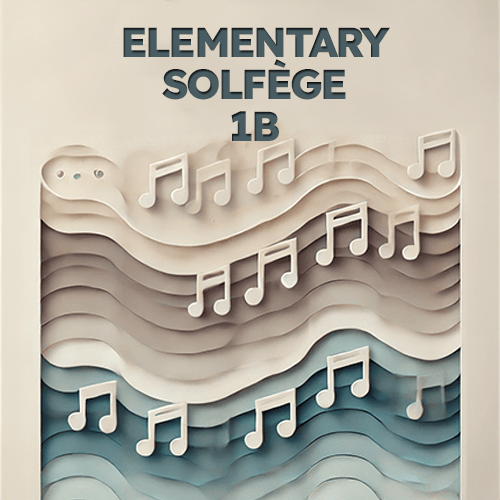
Elementary Solfège: Level 1B
25 lessons
This course contains 25 more elementary solfège lessons from Nikolay Ladukhin’s book, Elementary Course in Solfège (published in 1896). Being able to read and sing solfège is an important skill for beginner and advanced musicians alike. It helps develop your sense of listening and musical understanding. In this course, you will further develop your aural understanding of the notes 'do' and 're'.

Elementary Solfège: Level 2A
25 lessons
Continuing on from Level 1B in this series of courses, you will go through 25 elementary solfège lessons from Nikolay Ladukhin’s book, Elementary Course in Solfège (published in 1896). This course introduces the note 'mi' in addition to 'do' and 're'.
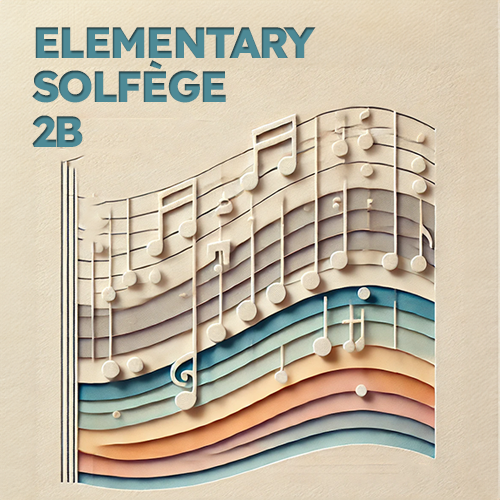
Elementary Solfège: Level 2B
25 lessons
Continuing on from Level 2A in this series of courses, you will go through 25 elementary solfège lessons from Nikolay Ladukhin’s book, Elementary Course in Solfège (published in 1896). Practice using do, re and mi in greater detail.

Elementary Solfège: Level 3A
25 lessons
Continuing on from Level 2B in this series of courses, you will go through 25 elementary solfège lessons from Nikolay Ladukhin’s book, Elementary Course in Solfège (published in 1896). This course introduces the note 'fa' in addition to 'do', 're' and 'mi'.
Mastering Solfège

Mastering solfège (Part1)
44 lessons
This course comprises of first 43 solfège exercises from A. Dannhäuser, Solfège des Solfèges, Book 1, published by G. Schirmer, Inc. in 1891. All the exercises are in the scale of C major and with a 4/4 time signature. You will be able to practice these exercises and get instantaneous feedback on how well you sing them.
.png)
Mastering Solfège (Part 2)
16 lessons
This course contains continues from Part 1 of the Mastering Solfège series. Sing exercises from A. Dannhäuser, Solfège des Solfèges, Book 1 (1891) and learn to sing in triple meter and dotted notes. Practice your skills with the melody challenges.

Mastering Solfège (Part 3)
14 lessons
This course contains continues from Part 2 of the Mastering Solfège series. Sing exercises from A. Dannhäuser, Solfège des Solfèges, Book 1 (1891) and learn to sing in compound time signature 6/8 as well as 16th notes, triplets and syncopation.

Mastering Solfège (Part 4)
17 lessons
This course contains continues from Part 3 of the Mastering Solfège series. Sing exercises from A. Dannhäuser, Solfège des Solfèges, Book 1 (1891). This course will introduce you to the chromatic notes - sharps and flats. These are di (do-#), ri (re-#), fi (fa-#), si (sol-#), li (la-#) and ra (re-b), ma (mi-b), lu (la-b) and ta (ti-b).

Mastering Solfège (Part 5)
22 lessons
This course contains continues from Part 4 of the Mastering Solfège series. Sing exercises from A. Dannhäuser, Solfège des Solfèges, Book 1 (1891). The exercises in this course will teach you to sing in the minor mode. You will also learn the three types of minor scales.

Mastering Solfège (Part 6)
16 lessons
This course contains exercises from Books 1 and 2 of A. Dannhäuser’s Solfège des Solfèges collection (1891). A variety of exercises with differing difficulty levels are included, to help you work on your solfege singing skills.

Mastering Solfège (Part 7)
16 lessons
This course contains exercises from Books 1 and 2 of A. Dannhäuser’s Solfège des Solfèges collection (1891). A variety of exercises with differing difficulty levels are included, to help you work on your solfege singing skills.

Mastering Solfège (Part 8)
16 lessons
This course contains exercises from Books 1 and 2 of A. Dannhäuser’s Solfège des Solfèges collection (1891). A variety of exercises with differing difficulty levels are included, to help you work on your solfege singing skills.
We use cookies to analyze site traffic and improve your experience. By clicking "Accept," you consent to our use of cookies.


